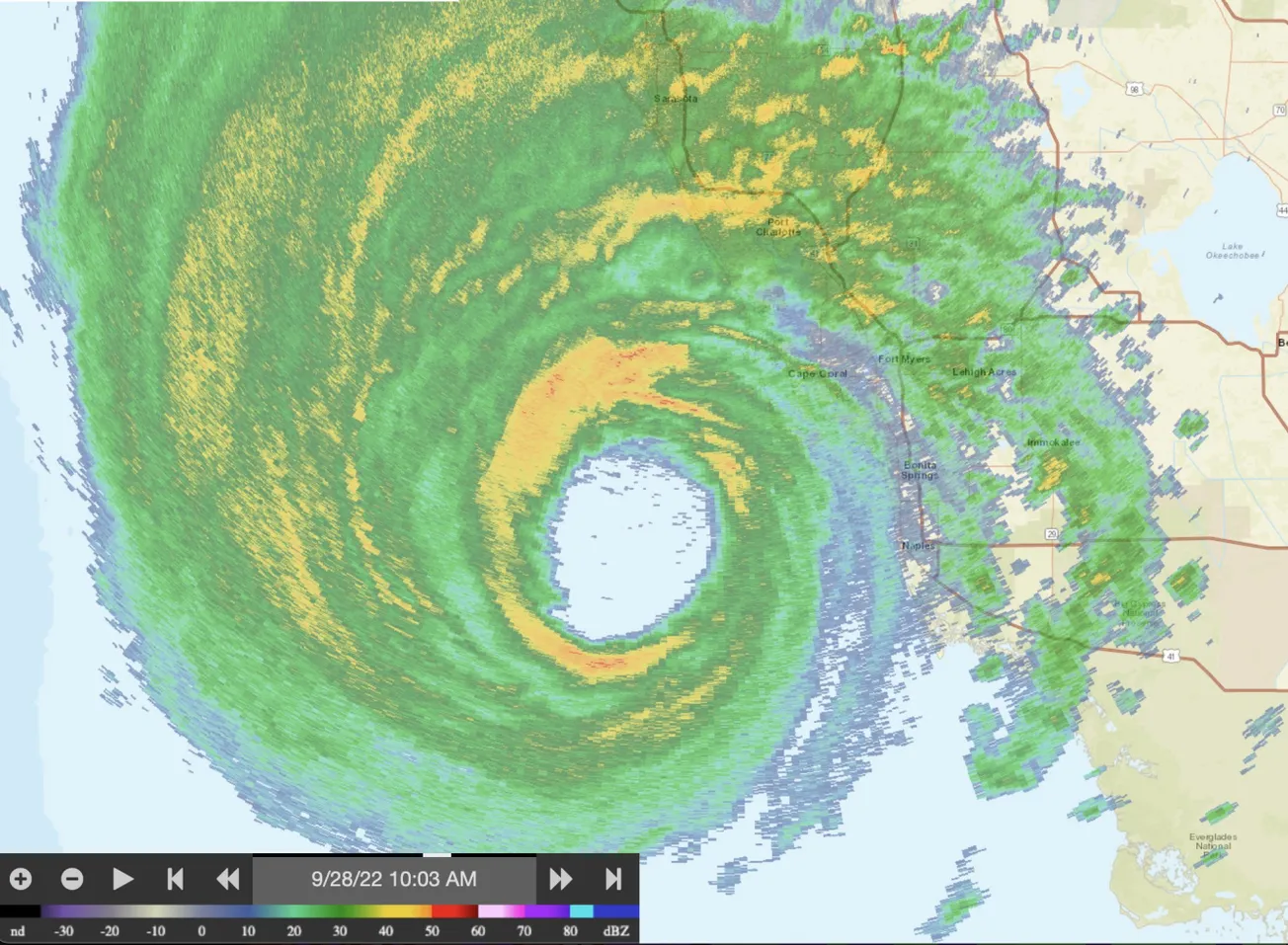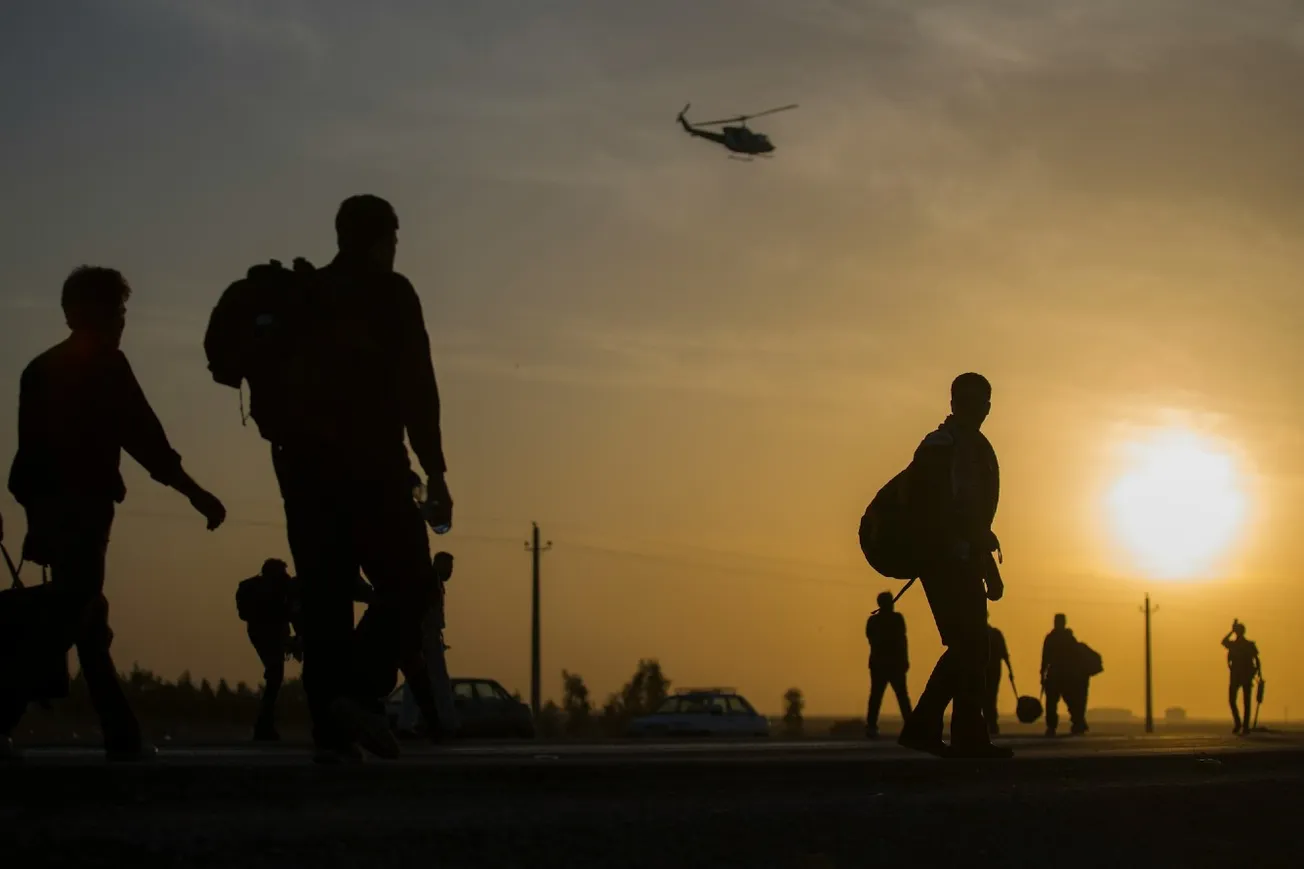The day after Hurricane Ian made landfall in Florida, President Joe Biden issued his forecast: “This could be the deadliest hurricane in Florida’s history.” Was he hoping it would be? Or is he just ignorant of the history of hurricanes?
“The numbers are still unclear,” Biden said, “but we’re hearing early reports of what could be substantial loss of life.”
So far, the death toll in Florida from Ian is a little more than 30. That number will no doubt rise, but it is far short of the deadliest, and might be one of the least deadly hurricanes to hit that hurricane-prone state.
The deadliest record was set in 1928, when the San Felipe-Okeechobee Hurricane landed near Palm Beach and some 2,500 people died, most of them from a 6-to 9-foot surge the hurricane caused in Lake Okeechobee. There were also hurricanes in the 1600s and 1700s that are believed to have killed more than 1,000 people in Florida.
The Labor Day Hurricane that hit the Florida Keys in 1935 with sustained wind speeds of 185 mph killed more than 400.
Keep in mind that those deaths came when Florida’s population was a fraction of what it is today. (This Wikipedia page has a list of the deadliest hurricanes in Florida.)
So, no. Ian won’t be the “deadliest” in Florida’s history. And if Biden had any understanding of history, he’d have known that it wouldn’t be.
Of the 20 deadliest hurricanes to hit the United States since 1857, 12 occurred more than 100 years ago, and half of those were in the 1800s, according to the National Oceanic and Atmospheric Administration. Since 1928, the only hurricane to have claimed more than 1,000 lives was Katrina. (Almost half of those deaths were from drowning after levees failed – levees that were built by the federal government, and would have been reinforced had Louisiana politicians not misappropriated federal funds that were intended to control flooding.)
But wait. We keep hearing from the environmentalist crowd that hurricanes are getting more powerful and more deadly thanks to man’s greenhouse gas emissions. So why aren’t we seeing the catastrophic loss of life that Biden expected?
Simple. We are far better able to deal with massive storms than we were 100 or even 60 years ago. New construction is more hurricane-proof. We have better ways to track hurricanes and our warning systems have improved. And, as with Ian – and unlike Katrina – the state government was ready with evacuation notices, and people responded to those.
This is also evidenced by the fact that most of the hurricane deaths in recent years have been in poorer countries.
The same is true with any natural disaster. More prosperous nations also suffer fewer causalities in earthquakes, for example.
Sure, hurricanes have become costlier in recent years, but that’s just a function of a growing economy. As more people move into an area and the value of the things they build and bring increases, the cost of any catastrophic event is going to rise.
So, what would cause Biden to be so incredibly wrong about Ian’s death toll? Bad information? Senility?
Our guess is that it has to do with climate change. Not actual climate change. The hysteria about climate change. All we ever hear during hurricane season — which is probably what Biden was hearing from his advisors — is that global warming is making hurricanes more powerful and more deadly.
But even if the former were true, the latter isn’t. And that’s the important lesson. Rather than spend trillions of dollars impoverishing ourselves on “net zero” schemes – in hopes that somehow it will protect us from extreme weather – why aren’t we focused on doing things that will improve prosperity?
Because nothing is more clear from the natural disaster record than that prosperity – and the ability it provides to better withstand whatever comes – is how you save lives.
— Written by the I&I Editorial Board








